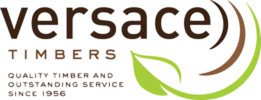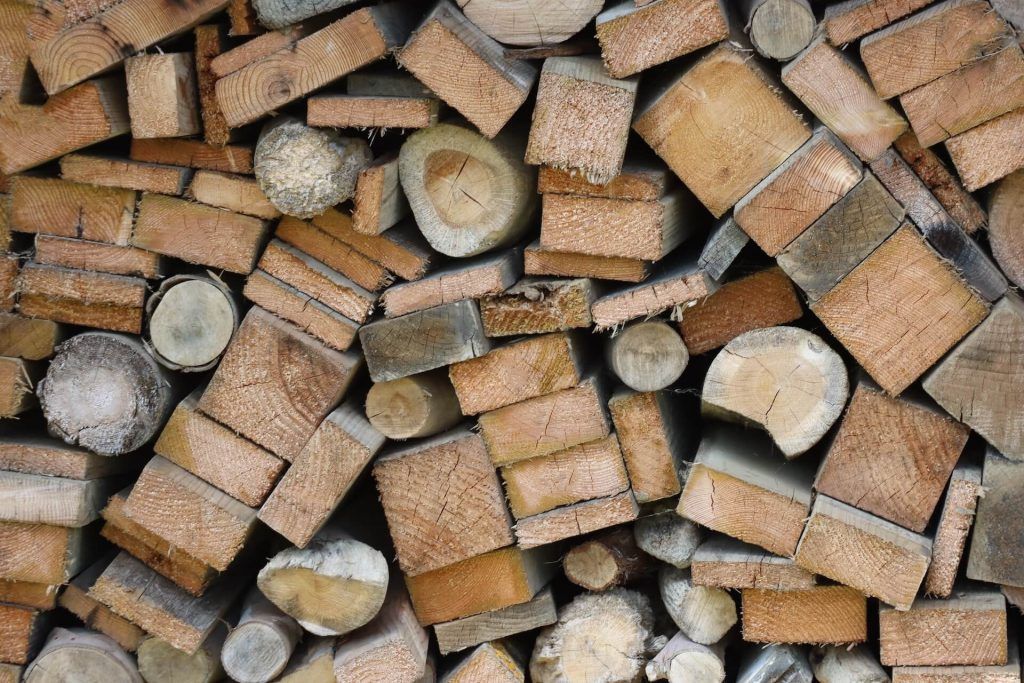One of the most common uses of pressure treated wood is for railroad ties. The pressure treatment that railroad ties undergo allows them to take the kind of abuse that comes from supplying support for massive trains year after year, all while being exposed to various harsh environments. What is it that gives railroad ties their special properties? It is the chemical preservatives used in pressure treating that separates the different types of pressure treated wood from untreated wood. Today we’re going to talk about how pressure treated wood is made, the types wood preservatives, and the uses of pressure treated wood.
How the types of pressure treated wood are made
To better understand the different types of pressure treated wood you need to know a little about how pressure treated wood is made. Untreated wood is first placed in a special chamber, known as a vacuum pressure vessel. All of the air is sucked out of the vessel, which also pulls all of the air out of the wood. The vessel is then injected with the preservative solution, and the pressure inside the vessel is increased. This forces the preservative chemicals deep inside the wood fibres. Next, the remaining preservative solution is drained. The wood is removed from the chamber and left to dry for a day or two. Finally, the wood is tagged and labelled with the kind of preservative it was pressure treated with.
What chemicals are used in pressure treated wood?
Pressure treated wood can be treated with various wood preservatives, each with their own unique properties that they impart on the wood. Here are three of the most common wood preservatives and their uses:
- Chromated Copper Arsenate (CCA) – A very strong chemical preservative that allows the wood to hold up to extreme environments, such as marine environments. Wood treated with CCA is not suitable for residential applications because long-term exposure to CCA could be toxic.
- Alkaline Copper Quaternary (ACQ) – This preservative acts as a bactericide and fungicide. It also acts an insecticide. Because it doesn’t contain chromium or arsenic, ACQ is considered safe for residential applications and is one of the most common wood treatments in the world.
- Copper Azole (CA) – There are various types of copper azole wood preservatives, some containing boron (an insecticide), or other performance enhancers. Both the copper and the azole act as antifungal and anti-termite agents. CA is another one of the most commonly used wood preservatives in the world and is generally considered safe for indoor and outdoor residential use.
The different uses of pressure treated wood
There are several different ways to categorise pressure treated wood. We’re going to differentiate the two main types of treated wood based on how they are used. One type of pressure treated wood can be used in direct contact with the ground, while the other type must avoid contact with the ground.
Pressure treated wood for ground contact
This kind of pressure treated wood can come in contact with the ground or be used above the ground. It is typically used in places where the lumber is difficult to replace or maintain. This type of wood will contain more of the wood preservatives that are found in pressure treated wood. These are some applications that ground-use pressure treated wood is best for:
- Structural timber
- Freshwater docks
- Deck beams
- Deck posts
- Fence posts
- Guardrail posts
Pressure treated wood for above ground use
Treated wood that is intended for use above ground is meant for uses where there is plenty of runoff for water and adequate ventilation. Above ground pressure treated wood should be used in situations where the wood can be easily maintained or replaced. Here are some common uses of above-ground pressure treated wood:
- Fence pickets
- Millwork
- Beams and joists for decks
- Sills
- Studs and framing
What are your pressure treated wood needs? Talk it over with an expert
There are a lot of different types of pressure treated wood and it can be difficult to know which is the best kind to use for a specific purpose. That’s why it’s best to discuss your needs with an expert. The lumber experts at Versace Timbers are the wood suppliers Brisbane residents call on. Get in touch with us if you’d like to talk over the various types of pressure treated wood and which type is best for you. Give us a call on 07 3266 9000 or contact us using our online form.

